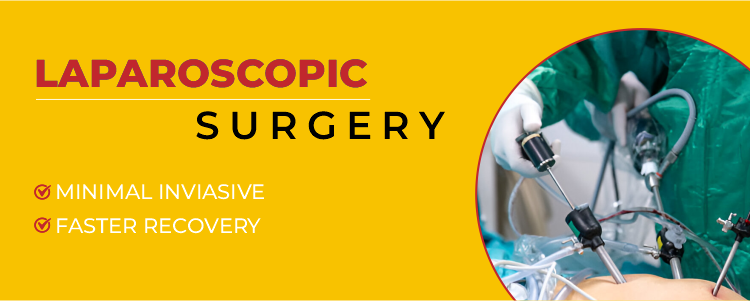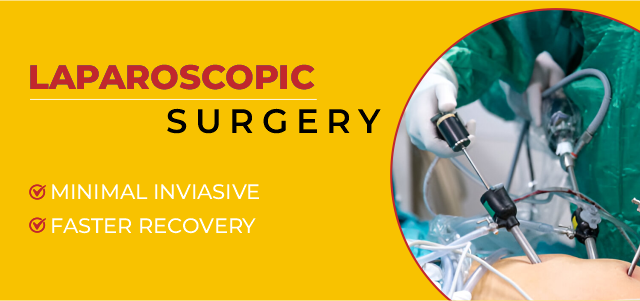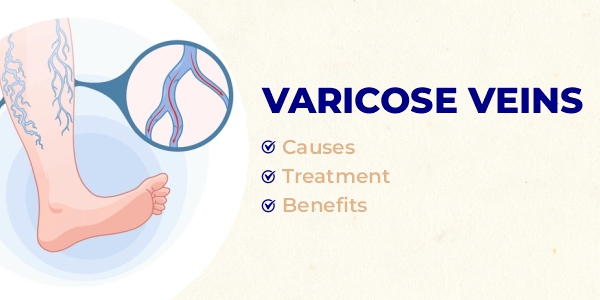WHAT IS LAPAROSCOPIC SURGERY?

Laparoscopic Surgery: A Minimally Invasive Approach
Laparoscopic surgery is a kind of surgery that is performed through tiny incisions, typically less than one centimeter, rather than the larger incisions needed in traditional open surgery. It’s commonly called keyhole surgery.
COMMON APPLICATIONS:
- GASTRIC BYPASS
- APPENDICITIS
- INTRAGASTRIC BALLOON
- BARIATRIC SURGERY
- UMBILICAL HERNIA
- INGUINAL HERNIA
- INCISIONAL HERNIA
- ERCP PROCEDURE
Here’s a brief overview of the process and its advantages:
PROCESS:
How should I prepare for laparoscopic surgery?
Follow these guidelines before the procedure or surgery:
- Don’t eat, drink (including water) or smoke after midnight the day before your procedure or surgery.
- Wear loose-fitting clothing. You’ll have some abdominal tenderness and cramping.
- Wear low-heeled shoes on the day of surgery. You might be drowsy from the anesthesia and unsteady on your feet.
- Don’t wear any jewelry. You can wear your wedding ring.
- Remove any nail polish before the procedure.
- Arrange for someone to drive you home after the surgery
What happens during a Laparoscopic surgery?
Incisions: The abdomen has a few small incisions.
Instrument Insertion: Through one of the incisions, a laparoscope (a long, thin tube with a high-intensity light and a high-resolution camera) is introduced. Additional tiny incisions are made to implant additional sophisticated surgical equipment.
Visualization: The camera transmits pictures to a video monitor, which enables the surgeon to precisely execute the surgery by seeing inside the patient’s body in realtime.
Surgical Procedure: During a surgical procedure, the surgeon manipulates, cuts, or repairs tissues and organs as necessary using instruments.
Closure: Following the procedure, the small incisions are sutured or stapled shut, and the instruments are taken out.
IT’S ADVANTAGES:
Smaller Incisions: Less pain after surgery and less scarring.
Shorter Hospital Stay: Compared to open surgery, this technique is frequently performed as an outpatient or with a shorter hospital stay.
Faster Recovery: A speedier return to regular activity.
Minimal Incision Risk: Infection risk is decreased with smaller incisions
Less Blood Loss: During surgery, minimally invasive methods frequently lead to less bleeding.
What should I do when I get home?
After you get home from laparoscopic surgery, you’ll want to take it easy for at least a day or two. You should follow these steps:
- Don’t drink alcohol for at least 24 hours after surgery.
- Keep the incisions clean and dry.
- Follow the instructions on how to bathe that your healthcare provider gives you.
- You can remove the bandage the morning after surgery. Steri-Strips, which look like tape, can be removed two to three days after surgery.
- If you have glue on your incisions, leave the glue until it falls off. Pat dry after a shower.
- Don’t worry if your urine (pee) is green. Your surgeon might have used a blue dye to check if your fallopian tubes are open.
- It may take a few days before you can poop as usual.
Laparoscopic surgery is widely used in many surgical specialties due to its numerous benefits over traditional open surgery.




